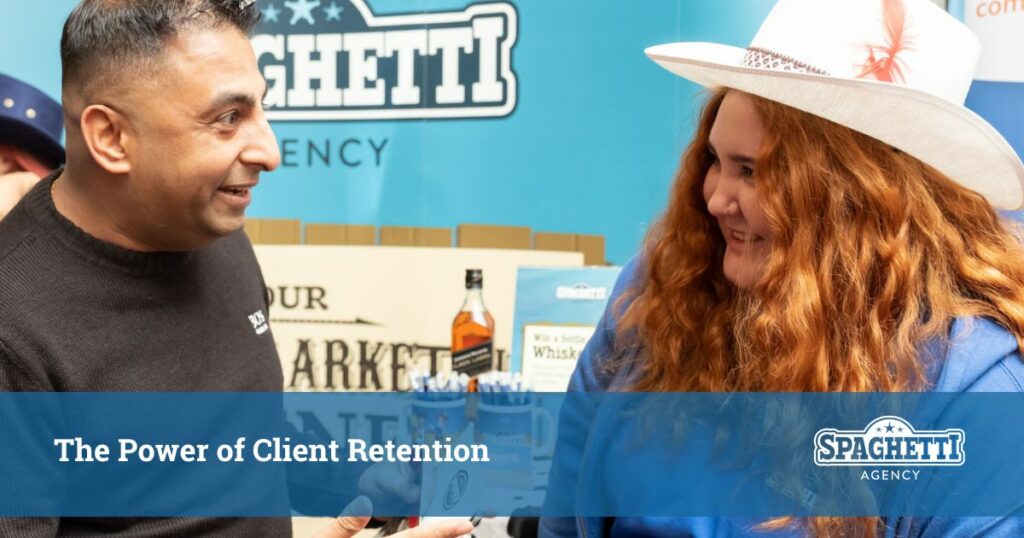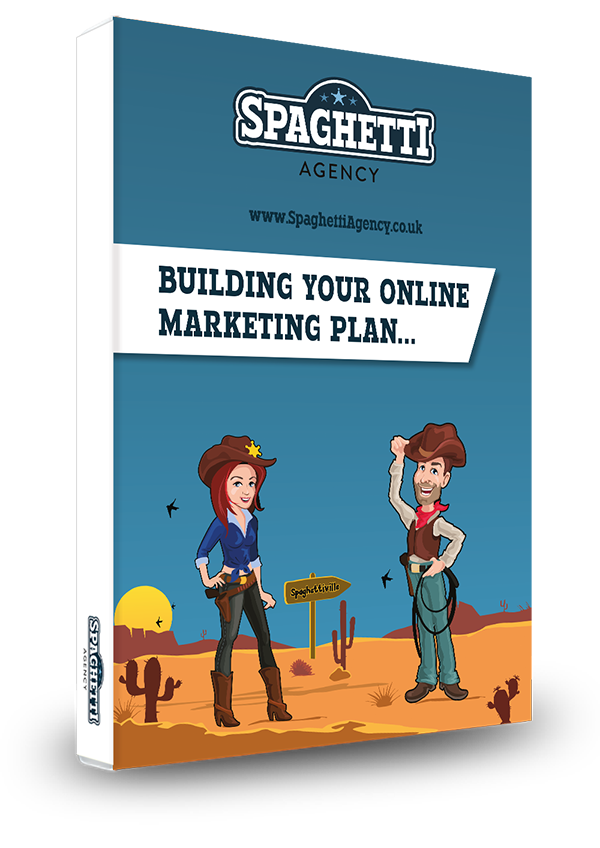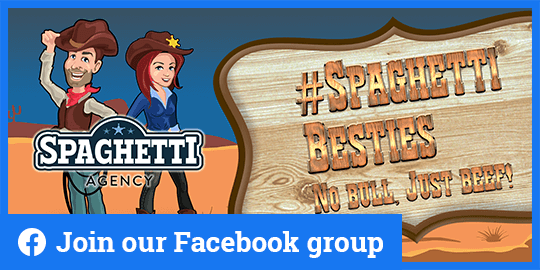Friday Digital Roundup
The Friday Digital Roundup is a witty take on the weird world of the internet. With fun stories from around the globe, it’s the only email newsletter you’ll actually read and enjoy!
We do love writing it, but clearly not as much as people like receiving it - just look at the response we got when a technical hitch meant it wasn’t sent out on time!
@Spaghetti_Jo
Coffee and the FDR is how I start my Friday.
Do not engage until I have devoured both
When it comes to the end of the week, there is no better way to start a Friday than with a run around the internet with Todd and Jo in the FDR. Just don't let them know I do it from the loo!
@Spaghetti_Jo
My inbox is full of rubbish newsletters that Im constantly deleting😬 My VIP inbox is for 1 thing only- THE DIGITAL ROUNDUP🤠I dont read a Newspaper or the news online, I just wait for Fridays, when this lands in my inbox- then I know ‘The weekend has landed’🤗
Get the Friday Digital Roundup and see what everyone’s talking about.
We may look like cowboys, but we’ll never abuse your data! Find out what we’ll do with it here, partner.
Spaghetti Blog
The Power of Client Retention
There’s no doubt that signing a new client is a cause for celebration. We get it, it can be really exciting, but there comes a time that you need to assess how quickly your stream of new clients are coming through the door, and start thinking about how you’re going to keep them.
Many brands will invest huge chunks of time and money perfecting their acquisition strategy and unintentionally overlook the importance of client retention. Having a steady stream of clients is great, but what’s the use of onboarding plenty of new clients each month if you’re off-boarding them the next?
Today, we’re going to be talking about how you can polish your retention through trust, engagement, communication, and other relationship building strategies.
The Power of Client Retention
What is client retention?
Client or customer retention is the rate at which your customers remain working with you over a set period of time. If you’re onboarding clients as quickly as you’re losing them, then you’re probably doing something wrong. In short, the lower your turnover, the better your retention strategy.
Without a retention strategy your clients are likely to become disinterested very quickly. Like any of us, if they’re not happy they’ll start looking elsewhere before they’ve had the chance to develop a better relationship.
How can you expect your clients to stick around and begin building trust and loyalty if your customer retention strategy is crap from the start?
Short answer: You can’t.
In this blog we’re going to discuss how client retention benefits your business, as well as some of the key points to include in your retention strategy.
Start off on the right foot
Customer retention should begin the moment your new client signs the dotted line. We’re not saying you need to pick up the phone in the first 0.2 seconds as you’ll look a bit too keen, but there needs to be a process in place.
Onboarding is important, and can be a little boring, so make it as easy and engaging as possible. Introduce yourself, or your designated account manager, and ensure that they know who they’re talking to and what they can expect next. This time is pretty critical and first impressions matter. We have an onboarding Zoom meeting and we follow this up with a PDF explaining what will happen at each stage, as well as how we work and who they should ask if they have any questions.
Reward your customers
Let’s face it, we all like to feel appreciated.
Although nice to receive, there’s not much thought in an automated ‘thanks for signing up’ email. Here’s your opportunity to think outside the box. It could be a video, a thank you card, some cookies, or a branded gift. Once onboarded, our clients each receive a welcome box, full to the brim with Spaghetti stationary, a stress cow, some sweet treats, a mug, and a copy of one of our favourite business books. We want our clients to feel appreciated and to show our thanks in a memorable way.
It’s important to reward your clients down the line, too. If you want loyal clients then you need to reward them with loyalty incentives, whether that be a small gift on a special occasion, a birthday card, a money-off deal, offers, or a freebie.
Build a relationship
Building a relationship with your customers should be one of your highest priorities. As an account manager, it’s my job to ensure that our clients are happy, looked after, and know who to contact should they need to talk. This should apply to anybody in comms with clients.
I’m very fortunate to have made several connections and professional relationships with our clients and it all comes down to being open, honest, and willing to offer a listening ear when they need it. It’s so important that your clients feel they can talk to you or give feedback without any judgement and feel confident that they can expect a friendly response in a reasonable amount of time.
Sometimes, we get so wrapped up in email threads that we forget about the person on the other end. We’re all people with lives outside of work and there’s no reason why we can’t get to know our clients on a more personal level. If I see your post on LinkedIn or know you’ve been on holiday then I’ll talk about it. Retention is reliant on trust and relationships so you need to make a genuine effort to ensure you’re checking in with your clients on a regular basis.
Check in regularly – quarterly reviews
We may have different opinions here, but sending over a document or a meeting reminder isn’t the same as checking in.
Make checking in part of your retention strategy and your more likely to get a conversation going and a relationship developing. It doesn’t take 5 minutes to ask somebody how they are, or to ask how for some feedback on how things are going. At Spaghetti Agency, we book our clients in for quarterly reviews with Director, Jo, to check in on the progress of their work, discuss their results, and talk about any ideas they may have for the next quarter. This is an opportunity for Jo to understand if anything’s changing, and offer ideas or support.
Shit happens – own it when things go wrong
We’re all human and at some point or another we will make mistakes.
If you have a great relationship with your clients, small mistakes shouldn’t have detrimental affects. If you don’t know your client very well and haven’t built an element of trust, this may be harder to undo. It’s key that you have a strategy in place for when things go wrong, because how you deal with issues is what’s really important here.
Does retention benefit me?
In order to create a great strategy you need to understand why you’re doing it. For those of you that are new to this, retention doesn’t just benefit the customer; it benefits you, too.
How? I’ll tell you.
Upselling to current clients is more cost effective
Customer acquisition costs up to 5 times more than customer retention. This means you could be spending up to 500% more to sell the same product to a new customer that you would spend on selling to an existing one.
According to research from Invesp, a shocking 44% of companies have a greater focus on customer acquisition, whilst as little as 18% focus on retention. It’s also been noted that only 40% of companies and 30% of agencies have an equal focus on both.
You already have an established relationship
Each time you take on a new client, you need to act on building a relationship and gaining trust. Trust takes time and effort, and it can take a little while to establish.
Upselling to a current client means you can put more time into continuing the relationship rather than starting afresh. You already understand their business and have a good grasp on what they’re hoping to achieve.
Longterm clients are more likely to refer you
Last but by no means least, longterm clients are more likely to refer you and your business if you have a good professional relationship.
A customer referred by a friend is likely to already be familiar with your business and will already be more open to working with you. Another thing to bear in mind is that a referred client is more likely to fit your customer profile, saving you a lot of time trying to suss out whether you’re a good fit.
Win win.
If you need some help with polishing your referral strategy, get in touch. If we don’t have all the answers then I’m sure we can put you in touch with somebody that does.
See what I did there?
Tags associated with this article
Post a comment
We'd love to know what you think - please leave a comment!







0 comments on this article